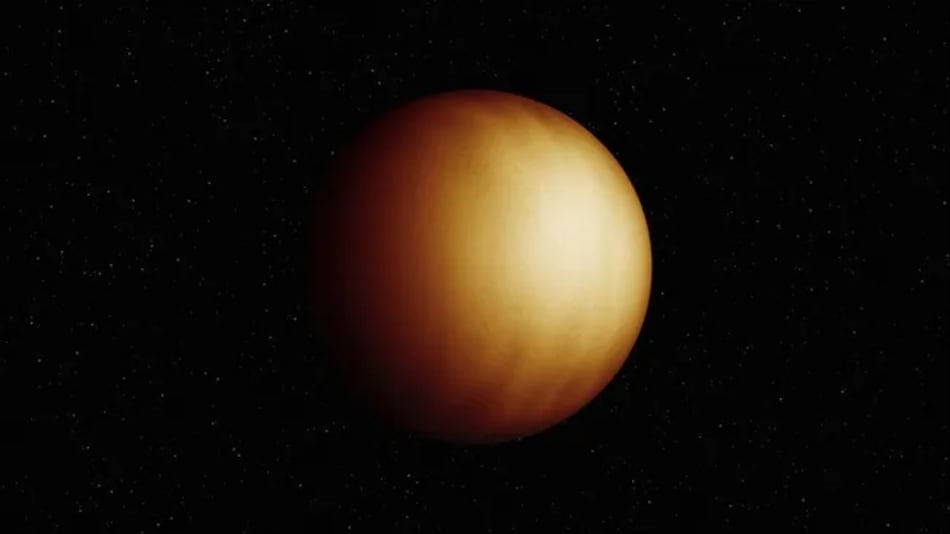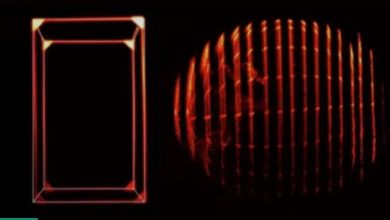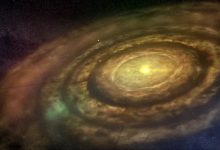NASA’s James Webb Space Telescope produced the first 3D atmospheric map of exoplanet WASP-18b, an ultra-hot Jupiter 400 light-years away.

An artist’s representation of WASP-18b, an exoplanet some 400 light-years from Earth.
Click Here to Add Gadgets360 As A Trusted Source

In a landmark achievement, astronomers have used NASA’s James Webb Space Telescope (JWST) to produce the first-ever three-dimensional map of a planet outside our solar system. The target was WASP-18b, an “ultra-hot Jupiter” about 400 light-years from Earth. Using JWST’s infrared spectrograph, the team created the map via a technique called 3D eclipse mapping. It reveals a blazing dayside hotspot so extreme that water vapour is breaking apart.
Mapping the atmosphere in 3D
According to the paper, the team used spectroscopic “eclipse mapping.” As WASP-18b passed behind its star, JWST’s near-infrared imager (NIRISS) recorded tiny dips in multiple wavelengths. Each wavelength probes a different atmospheric layer, letting scientists assemble a 3D temperature profile. Mapping at a water-absorbing wavelength shows the planet’s “water deck,” while a non-absorbing wavelength probes deeper.
“This method allows us to image exoplanets that we can’t see directly, because their host stars are too bright,” said lead author Ryan Challener. With JWST’s sensitivity, the team could reveal WASP-18b’s thermal structure in unprecedented detail.
Scorching heat breaks down water
WASP-18b is a gas giant about 10 times the mass of Jupiter, orbiting its star every 23 hours. Its tidally locked orbit means one face is always scorched by starlight, reaching roughly 2,760 °C (5,000 °F). The JWST map shows a bright central “hotspot” where light is most intense, surrounded by a cooler ring. Notably, the hotspot contains much less water vapor than average – evidence that “it’s starting to break down the water,” Challener said. This direct 3D observation confirms theoretical predictions, and the researchers say the method can now be used to study other worlds “in 3D as a population”.







